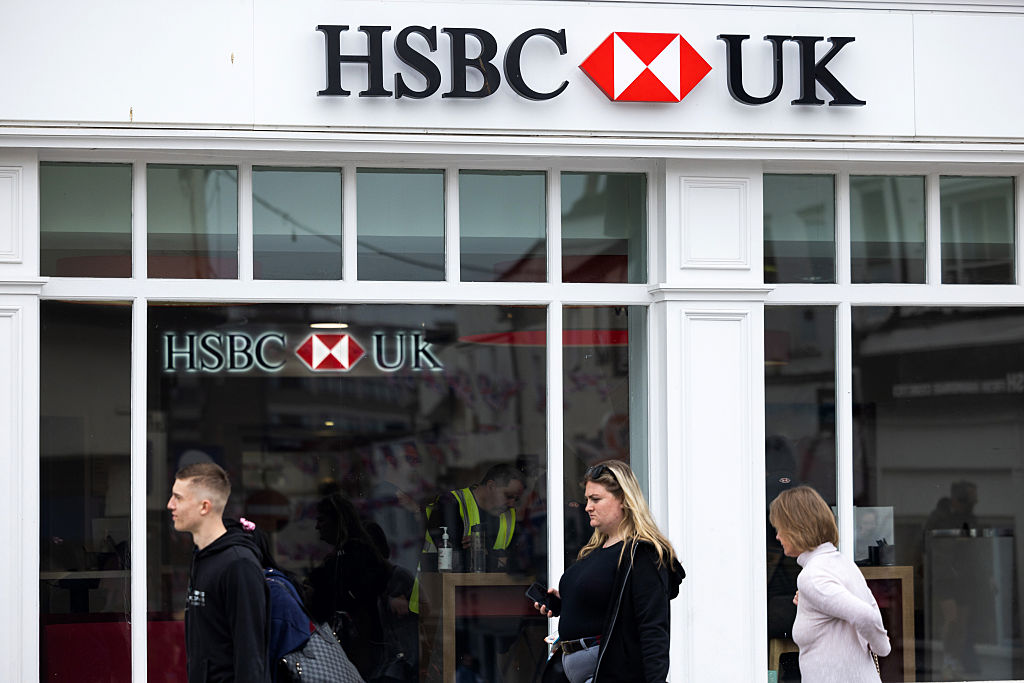12 December 1914: NYSE resumes stock trading
On this day in 1914, the New York Stock Exchange reopened for business after being closed at the outbreak of the First World War.

In the years before World War I, global financial markets experienced rapid growth, thanks to the lack of restrictions on cross-border investment flows and the invention of the telegraph. As a result, foreign-owned assets grew from 7% of world GDP in 1870 to 18% in 1914.
British investors were especially enthusiastic about international opportunities. One asset class that they particularly liked was American railway company securities. By the summer of 1914 they owned $3bn worth of railway shares and bonds ($348bn in 2019 prices).
When war broke out, the US authorities were worried that these investors would sell their shares and then convert the dollars into gold, draining America's reserves and forcing it off the gold standard. So they suspended the national stock exchanges on 30 July 1914, and also introduced restrictions on capital movements out of the country.
MoneyWeek
Subscribe to MoneyWeek today and get your first six magazine issues absolutely FREE

Sign up to Money Morning
Don't miss the latest investment and personal finances news, market analysis, plus money-saving tips with our free twice-daily newsletter
Don't miss the latest investment and personal finances news, market analysis, plus money-saving tips with our free twice-daily newsletter
While some brokers got around this by trading shares privately, this effectively prevented capital flight. Once it became clear that the threat had passed, the exchanges reopened, with the NYSE recommencing bond trading on 28 November and stock trading on 12 December. But the lack of liquidity and general uncertainty meant that prices fell by nearly a quarter during this period.
America was not the only country to do this: most major stockmarkets suspended operations as a result of the war. Even after they reopened, there were restrictions on trading.
After the end of the war, the interwar era would also see a sharp rise in both financial and trade protectionism. The share of foreign-owned assets relative to world GDP would not reach pre-war levels until the early 1980s.
Get the latest financial news, insights and expert analysis from our award-winning MoneyWeek team, to help you understand what really matters when it comes to your finances.

-
 HSBC promises to keep all of its bank branches open until 2027
HSBC promises to keep all of its bank branches open until 2027HSBC has extended its branch promise meaning all 327 of its branches will remain open until at least 2027
-
 Mortgage market reforms: how the FCA's new affordability rules could help you onto the property ladder
Mortgage market reforms: how the FCA's new affordability rules could help you onto the property ladderThe Financial Conduct Authority (FCA) will consult on a range of changes to mortgage lending rules in 2026 to help underserved borrowers
-
 31 August 1957: the Federation of Malaya declares independence from the UK
31 August 1957: the Federation of Malaya declares independence from the UKFeatures On this day in 1957, after ten years of preparation, the Federation of Malaya became an independent nation.
-
 13 April 1960: the first satellite navigation system is launched
13 April 1960: the first satellite navigation system is launchedFeatures On this day in 1960, Nasa sent the Transit 1B satellite into orbit to provide positioning for the US Navy’s fleet of Polaris ballistic missile submarines.
-
 9 April 1838: National Gallery opens in Trafalgar Square
9 April 1838: National Gallery opens in Trafalgar SquareFeatures On this day in 1838, William Wilkins’ new National Gallery building in Trafalgar Square opened to the public.
-
3 March 1962: British Antarctic Territory is created
Features On this day in 1962, Britain formed the British Antarctic Territory administered from the Falkland Islands.
-
10 March 2000: the dotcom bubble peaks
Features Tech mania fanned by the dawning of the internet age inflated the dotcom bubble to maximum extent, on this day in 2000.
-
9 March 1776: Adam Smith publishes 'The Wealth of Nations'
Features On this day in 1776, Adam Smith, the “father of modern economics”, published his hugely influential book The Wealth of Nations.
-
 8 March 1817: the New York Stock Exchange is formed
8 March 1817: the New York Stock Exchange is formedFeatures On this day in 1817, a group of brokers moved out of a New York coffee house to form what would become the biggest stock exchange in the world.
-
7 March 1969: Queen Elizabeth II officially opens the Victoria Line
Features On this day in 1969, Queen Elizabeth II took only her second trip on the tube to officially open the underground’s newest line – the Victoria Line.